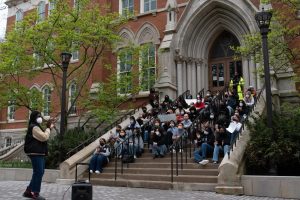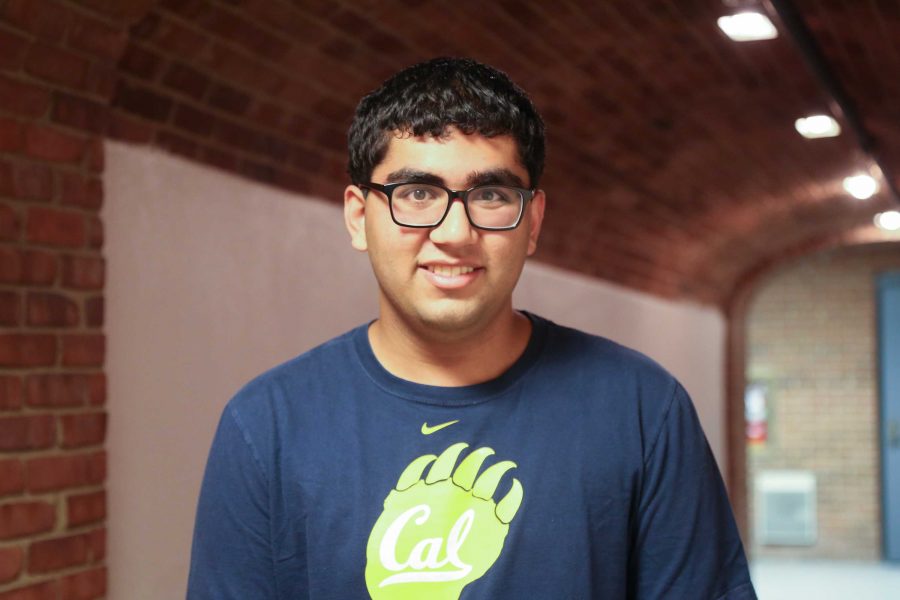In August, India announced a long-speculated plan to begin manned spaceflight. If all goes according to schedule, India will join America, Russia and China sometime around 2022 to become the fourth country to send human beings into space.
Although it’s surely a milestone, and although it’s a sign of India’s immense progress, it masks the fact that Indians (or persons of Indian origin) have flown in space before. American-born Indo-Slovenian Sunita Williams has flown on five different missions since 2006; Indian-born Kalpana Chawla tragically passed away in the Columbia disaster in 2003. But the honour of being the first belongs to pilot Rakesh Sharma, who entered space much earlier, in 1984–for the Soviet Union.
Sharma was not the only foreigner to fly on a Soviet spaceflight, thanks to a program named Interkosmos (or Intercosmos). Interkosmos had multiple facets, including Soviet assistance in launching other countries’ satellites, but by far its most influential element was its human factor. The scheme provided places aboard Soviet spacecraft for cosmonauts from the Warsaw Pact or other Soviet allies–including, in Sharma’s case, India. Between 1978 and 1989, Interkosmos flew a total of fourteen non-Soviet nationals from thirteen different countries.
It’s tempting to treat Interkosmos with cynicism; it’s easy enough to dismiss it offhand as a Communist PR stunt. It’s been done before. In 1978, Interkosmos made Vladimir Remek of Czechoslovakia the first spacefarer from a country aside from the US or USSR. Giant posters of Remek and his Soviet crewmates flew in Prague, and state media covered Remek’s flight on a seemingly endless loop. In a country only a decade removed from Soviet invasion, the propaganda backfired spectacularly. Irreverent jokes abounded. Remek needed Soviet minders, they said, else he’d land the capsule in West Germany. Remek returned to Earth with reddened hands, they said, because his Soviet crewmates slapped him for touching things he shouldn’t.
Yet it was Interkosmos, and certainly not America, that gave space its first Asian (Pham Tuan of Vietnam, 1980) and its first Hispanic and black person (Arnaldo Tamayo Méndez of Cuba, 1980). These are names that have been let slip into obscurity. Tamayo quite literally rose to space from an impoverished childhood as a rural orphan, shining shoes and selling vegetables as a teenager. Had he been American, Hollywood would have long ago consumed his life story for Oscar bait. Instead, Tamayo’s criminally short Wikipedia entry lacks a portrait–even in Spanish.
To be fair, some Interkosmos cosmonauts are remembered. Jean-Loup Chrétien of France (1982 and 1989), the scheme’s only Western European, would continue flying in space after the end of Communism. Vladimir Remek would later enter politics, as would Georgi Ivanov of Bulgaria (1978) and J(u)gderdemidiin G(u)rragchaa of Mongolia (1981). Rakesh Sharma is still renowned in India; he’s even getting a Bollywood biopic.
Perhaps the most famed is Sigmund Jähn of East Germany (1978). Jähn’s status as a national hero, a symbol of a rare victory for the GDR over the better-off West, would make international audiences hear his name decades later as a plot device in Good Bye, Lenin! But it took me years to learn that Jähn wasn’t a fictional character.
Even those I mentioned above are barely known outside their home countries. Many of the others, especially those from outside Europe, are so obscure that information on them is difficult to come by. Why have they been so collectively forgotten?
Certainly, the cosmonauts’ backgrounds play a part. Like most early human spacefarers, including all but one of those who walked on the Moon, Interkosmos cosmonauts tended to be pilots selected from their countries’ respective air forces. Back on Earth, they tended to pick up where they left off, returning with their Orders of Lenin to military or bureaucratic careers, out of the public eye and out of state media overexposure.
It is also true that, by the era of Interkosmos, the romantic peak of the first space age had long passed. At least in the West, interest in space exploration by the late 1970s had sharply declined, and what remained had shifted to Carl Sagan and far-reaching unmanned probes like the Vikings and the Voyagers. Even the names of American astronauts from the era aren’t easily recalled.
For all the definite good that’s done by media portrayals of space exploration, there’s an utter ignorance of the likes of Interkosmos. With a few exceptions (those I can recall are mostly in Doctor Who), the spacefarers we see on-screen are either American, European, Russian, or (increasingly) Chinese. Like any media ignorance of the planet’s margins, this has its effects. One doesn’t need to stretch the mind to picture the average American reacting with dubious incredulity at some of the nations represented in Interkosmos–at the fact that a Syrian or an Afghan could ever have made it into space.
So tell that American about Muhammed Faris (1987) or Abdul Momand (1988). Don’t tell them about the sectarian divisions in Syria Faris had to surmount to get to space; tell them about how Faris looked out at the stars in wonder, convinced that sectarianism meant so little. Don’t tell them about how Momand’s inclusion was a blatant symbol of the Soviet presence in Afghanistan; tell them about how Momand made tea for his friendly crewmates, about how he videocalled his panicked mother from outer space to reassure her that he was perfectly alright.
It’s quite sobering to learn that both Faris and Momand have since unwillingly become migrants. Momand left Afghanistan for Germany in the 1990s, not long after the Soviets withdrew and the mujahideen began to come to power. Momand has worked as a printer, and an accountant, continues to live an unassuming life near Stuttgart. Faris was a hero in Syria, his name given to schools and roads–but when Faris asked to start a national space science institute, he was harshly denied. He was forced back into the military, watching helplessly as violence tore his country apart. Since 2012, Faris, a vocal critic of both Assad’s regime and of foreign powers for their collective antipathy towards Syrians, has lived in Turkey.
It is true that America and post-Soviet Russia both allow for other countries’ nationals to fly with them. Cooperation between NASA and the European Space Agency means that American flights have carried astronauts from numerous European countries. Russian flights have had crew members from countries like Malaysia (Sheikh Muszaphar Shukor, 2007) and South Korea (Yi So-yeon, 2008). These are constructive acts of internationalism, and any internationalism is a welcome relief–but both Sheikh Muszaphar and Yi only flew because of sizeable payments from their respective governments.
It seems virtually inconceivable today to picture astronauts from Syria, or Afghanistan, or even Mongolia or Cuba or Vietnam. The opposite, I think, is what we should remember once happened. PR stunt or not, small as it may have been, Interkosmos gave a chance for planet Earth’s margins to reach outer space. With the rise of space tourism and the consigning of space for the super-rich, those margins sadly seem further removed from space than ever.
That isn’t why humans dream. Look down upon Earth, look at a picture–and it’s not just the privileged of the planet that you see.











